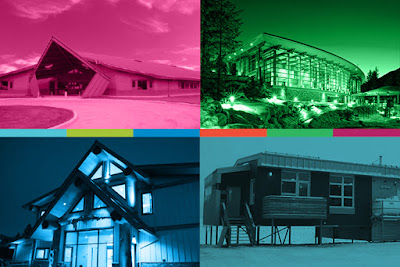Here's a great website that helps us understand whose land we are on. Using an enhanced map, it offers four ways of exploring Turtle Island: territories by city, territories by land, treaties and agreements, and Indigenous communities.
As well, a "Where am I" feature will list the treaties and agreements that the land you are currently on (based on location) is part of, the Indigenous peoples that make this land their home, and the First Nations closest to your location.
Eight videos feature Indigenous people talking about their land and acknowledgements, and there is an extensive FAQ section.
If you zoom out, you will see that the map also includes data on what we know as Australia, Central and South America, and parts of Greenland.
Check this page out at https://www.whose.land
"Whose Land is a web-based app that uses GIS technology to assist users in identifying Indigenous Nations, territories, and Indigenous communities across Canada. The app can be used for learning about the territory your home or business is situated on, finding information for a land acknowledgement, and learning about the treaties and agreements signed across Canada. Educational videos are available to watch that will give you a better understanding of why land acknowledgements are important, and the way Indigenous people view their relationship to land.
The app consists of six different maps of Indigenous territories, Treaties, and First Nations, Inuit, and Metis communities. Each community's location will eventually host a land acknowledgement video, and other information that the community would like to include on their page. The app will be used as an educational tool to create dialogue around reconciliation. It will be a starting point for conversation between Indigenous and non-Indigenous citizens across this country about land, territorial recognition and land acknowledgement."
from whose.land about page















